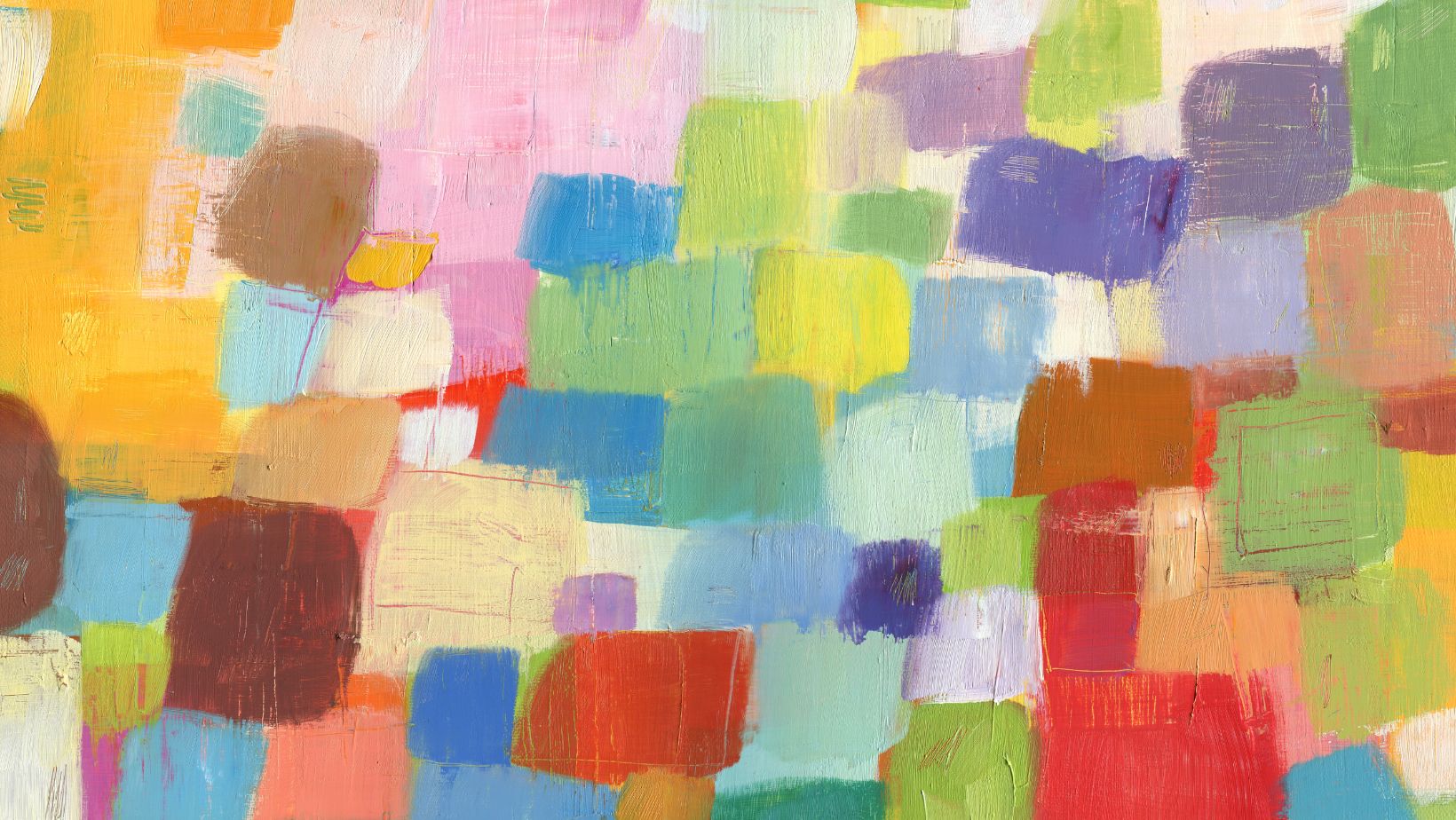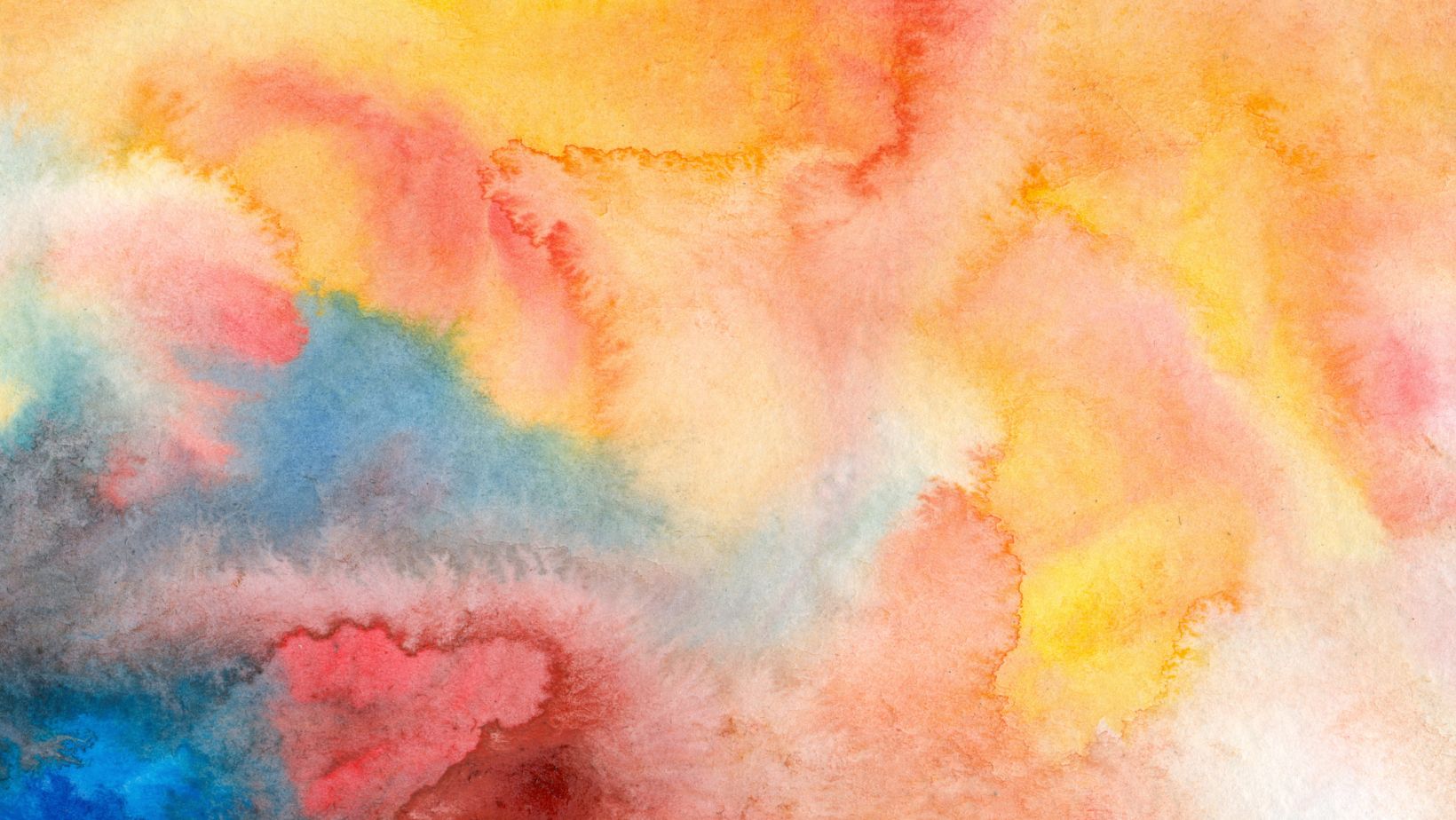Key Takeaways
- Definition and Dynamics: Appropriation in art involves borrowing cultural elements to create new interpretations, challenging traditional notions of originality and ownership.
- Cultural Commentary: Artists use appropriation to address societal issues, confront stereotypes, and critique power dynamics, fostering important dialogues about representation and identity.
- Historical Context: The practice of appropriation has evolved through various art movements, with artists like Picasso and Duchamp influencing modern interpretations and discussions on cultural borrowing.
- Ethical and Legal Challenges: Appropriation raises significant ethical concerns, particularly regarding cultural sensitivity and exploitation, alongside potential legal issues related to copyright and intellectual property rights.
- Contemporary Examples: Iconic works by artists like Sherrie Levine and Kehinde Wiley illustrate the breadth of appropriation in art, highlighting its impact on cultural narratives and modern identity.
- Encouraging Reflection: Engaging with appropriation encourages both artists and audiences to reassess their understanding of creativity, authenticity, and the role of art in society.
Art has always been a mirror reflecting society’s complexities. Among its many nuances, appropriation stands out as a controversial yet fascinating practice. It challenges the boundaries of creativity and ownership, raising questions about originality and cultural sensitivity. As artists draw inspiration from diverse sources, the line between homage and exploitation often blurs, igniting passionate debates.
In today’s globalized world, appropriation in art isn’t just a trend; it’s a critical conversation about identity, power, and representation. Artists navigate a landscape where cultural symbols and motifs can provoke admiration or backlash. Understanding the dynamics of appropriation is essential for both creators and audiences, as it shapes the way art is perceived and valued.
Appropriation In Art
Appropriation in art involves borrowing elements from various sources to create new interpretations. This practice brings up discussions about creativity, ownership, and cultural dynamics.
Definition of Appropriation
Appropriation refers to the use of pre-existing objects, images, or styles in creating new artworks. Artists might adopt symbols, techniques, or motifs from different cultures or periods, often recontextualizing these elements. This method can challenge traditional notions of originality by raising questions about authorship and intent. Legally and ethically, appropriation sparks debates on intellectual property and cultural respect.
Historical Context
Historically, appropriation has roots in various art movements. In the 20th century, artists like Pablo Picasso and Marcel Duchamp adopted elements from African art and ready-made objects, respectively. Their work demonstrated how appropriation could redefine artistic boundaries and provoke thought. In subsequent decades, postmodern artists expanded this practice, blending commercial and pop culture references. This evolution reflects changing cultural attitudes and the increasing globalization of art, where influences traverse borders. As a result, understanding historical contexts enhances contemporary conversations about appropriation and its implications in modern creativity.

Significance of Appropriation In Art
Appropriation in art holds substantial significance as it engages with cultural narratives and challenges established norms. The practice shapes discussions around identity, ownership, and transformation within artistic contexts.
Cultural Commentary
Cultural commentary through appropriation serves as a critical lens for examining societal issues. Artists often utilize borrowed elements to confront stereotypes, illuminate marginalized voices, or critique prevailing power dynamics. By reinterpreting cultural symbols, they foster dialogues about representation, encouraging audiences to reconsider their perceptions of specific communities. For instance, works that mix cultural motifs offer commentary on globalization and cultural exchange, revealing the complexities of modern identity.
Challenging Norms
Challenging norms is central to the function of appropriation in art. Artists frequently disrupt traditional artistic boundaries by blending genres, styles, and viewpoints. This approach questions the definitions of originality and authenticity, prompting critical reflection on established art forms. Examples of this include contemporary artists who integrate digital media with historical references, creating hybrid works that defy classification and inspire innovative thinking. Such practices push viewers to reassess their understanding of art and its role in society.
Examples of Appropriation In Art
Appropriation manifests in various forms across artistic practices. The following examples illustrate its application and significance within the art world.
Iconic Works
- Marcel Duchamp’s “”Fountain””: This 1917 piece recontextualizes a mass-produced urinal as art. Duchamp challenges the definition of art by questioning originality and artistic intention, marking a pivotal moment in the Dada movement.
- Sherrie Levine’s “”After Walker Evans””: In 1981, Levine reproduced Walker Evans’ photographs, provoking debates about authorship and ownership. By presenting others’ works as her own, she prompts critical reflections on the value and meaning of photographic art.
- Barbara Kruger’s “”Untitled (Your Bodies) “”: This 1989 work combines text and image to address issues of feminism and consumerism. Kruger appropriates advertising styles to critique societal constructs, engaging viewers in conversations about identity and power.
- Richard Prince’s “”Cowboys””: Prince’s series of paintings features rephotographed elements from Marlboro advertisements, exploring themes of masculinity and Americana. This appropriation raises questions about authorship and the commercialization of culture.
- Kara Walker’s “”A Subtlety””: This 2014 installation reinterprets historical racial stereotypes through a monumental sugar-coated sculpture. Walker appropriates the symbolism of sugar to comment on race, identity, and labor within American history.
- Andy Warhol: Renowned for his use of commercial imagery, Warhol’s work incorporates brands like Campbell’s Soup and celebrities. His approach challenges the distinctions between high and low art while critiquing consumer culture.
- Kehinde Wiley: Wiley appropriates classical portraiture to depict contemporary Black subjects. His works challenge historical power dynamics in art, asserting the visibility of marginalized communities within traditional narratives.
- Jeff Koons: Known for his balloon animal sculptures, Koons appropriates everyday objects and images. His work blurs the lines between art and commerce, provoking discussions about authenticity and replication in modern art.
- Takashi Murakami: A leading figure in the “”superflat”” movement, Murakami merges traditional Japanese art with contemporary pop culture. His vibrant works often appropriate anime and manga elements, creating dialogues between cultural history and modernity.
- Yoko Ono: Ono’s conceptual art integrates elements of performance and audience participation. Her works often appropriate historical events and cultural references, inviting viewers to engage in critical reflection and social discourse.
Controversies Surrounding Appropriation In Art
Appropriation in art sparks significant debates on ethical and legal grounds. These controversies highlight the complex relationship between creativity, ownership, and cultural respect.
Ethical Concerns
Ethical concerns center around cultural appropriation, where artists borrow elements from marginalized or underrepresented cultures without proper context. Critics argue this practice exploits cultural symbols, perpetuating stereotypes and diluting the original meanings. Power dynamics often play a crucial role, as dominant cultures may benefit from appropriating the creativity of marginalized groups, raising questions about equity and representation. Examples include fashion designers drawing inspiration from Indigenous patterns without acknowledgment or compensation, leading to calls for more respectful engagement with source cultures. This ethical dimension calls for artists to navigate appropriative practices with sensitivity, balancing creative expression with respect for cultural origins.
Legal Implications
Legal implications involve copyright law and intellectual property rights, which shape the conversation around appropriation in art. Artists face potential legal challenges when using recognizable elements from existing works, as copyright infringement claims can arise. Fair use provisions offer some protection, allowing limited use of copyrighted materials for transformative works. However, these provisions carry risks, often requiring artists to demonstrate that their work adds new expression or meaning. Notable cases like the “”Bridge to Terabithia”” ruling highlight the complexities artists encounter in navigating legal boundaries. Understanding these legal frameworks becomes essential for artists engaging in appropriation, ensuring their works comply with copyright laws while fostering innovation.
Appropriation in art continues to spark vital discussions about creativity and cultural sensitivity. As artists navigate the complexities of borrowing and recontextualizing elements, they challenge traditional notions of originality and representation. This dynamic practice not only reflects societal issues but also invites audiences to engage critically with the narratives presented.
By fostering dialogues around identity and power, appropriation serves as a powerful tool for artists to illuminate marginalized voices and critique established norms. Understanding the implications of appropriation is crucial for both creators and viewers, as it shapes the evolving landscape of contemporary art. Embracing this conversation can lead to a richer appreciation of the diverse influences that inform artistic expression.
